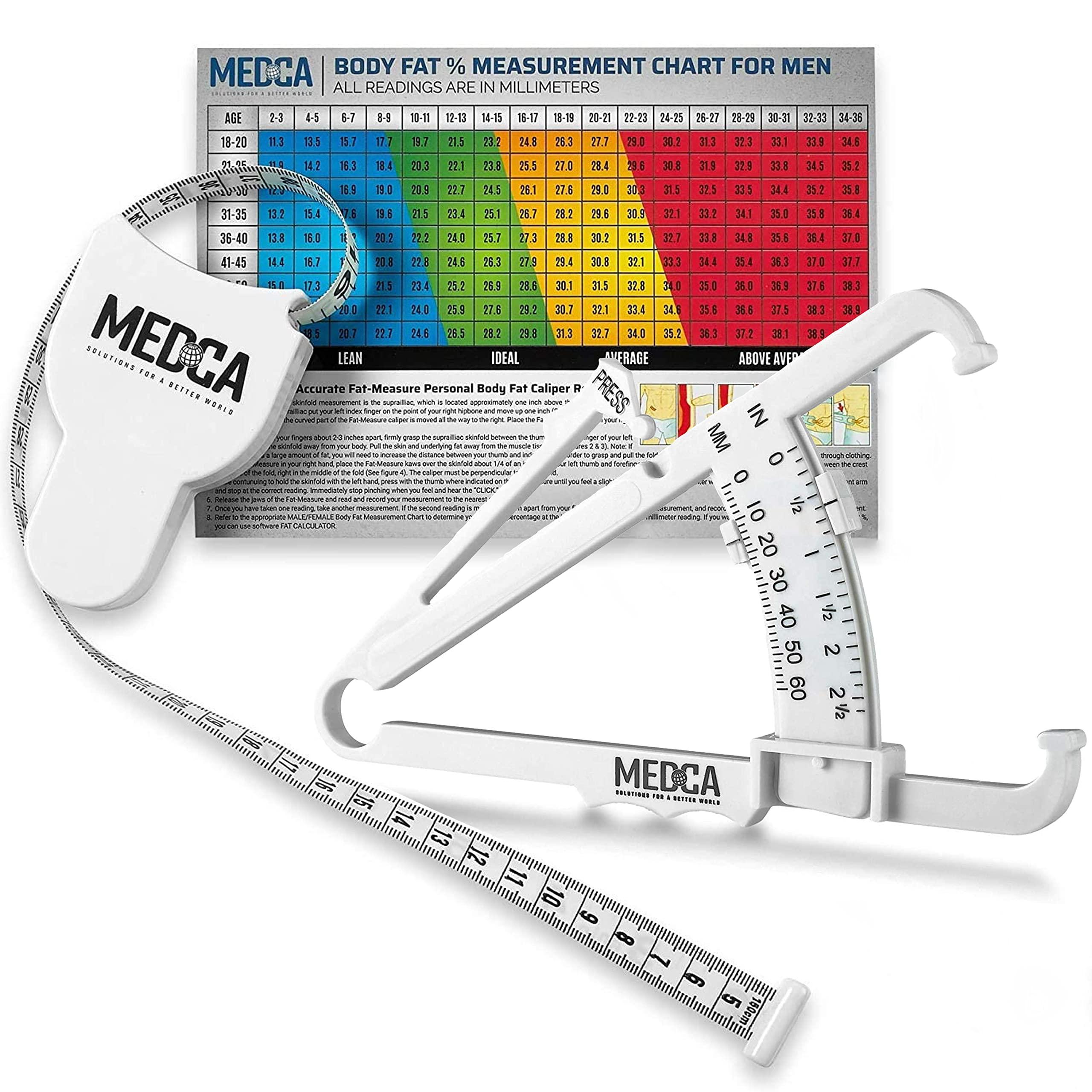In the pursuit of fitness and optimal health, accurately tracking body composition changes is essential. While there are numerous methods available, body fat calipers stand out as a practical, accessible, and cost-effective tool for measuring body fat percentage. This article provides a comprehensive guide on how to use body fat calipers to monitor fat reduction effectively. By mastering this technique, you will gain invaluable insights into your progress, allowing you to make informed decisions about your diet and exercise regimen. Whether you’re a fitness enthusiast or a health professional, understanding the nuances of caliper use is crucial for achieving and maintaining your body composition goals.
Understanding the Importance of Accurate Body Fat Measurement
When it comes to tracking your fitness journey, understanding the significance of precise body fat measurement is crucial. Accurate measurements help you set realistic goals, tailor your workout plans, and monitor your progress effectively. Unlike weight alone, body fat percentage gives you a clearer picture of your health and fitness levels. Using body fat calipers can provide a cost-effective and straightforward method to track these changes over time.
Why accurate body fat measurement matters:
- Customized Fitness Plans: Knowing your body fat percentage allows you to customize your workouts and nutrition plans to suit your specific needs.
- Motivation and Progress Tracking: Seeing tangible results in your body composition can be a significant motivator and help keep you on track.
- Health Monitoring: Maintaining a healthy body fat percentage is essential for reducing the risk of diseases like diabetes and heart conditions.
- More than Just Weight Loss: Understanding body composition helps distinguish between fat loss and muscle gain, which is critical for those looking to improve their physique.

Mastering the Technique of Using Body Fat Calipers
To effectively utilize body fat calipers, precision and consistency are key. Begin by familiarizing yourself with the specific sites on your body where measurements should be taken. These typically include the triceps, biceps, subscapular, and suprailiac areas. Each site provides valuable data, contributing to a comprehensive understanding of your body fat percentage. It’s essential to always measure on the right side of your body for consistency, even if you’re left-handed.
When taking measurements, follow these steps for optimal accuracy:
- Pinch the skinfold: Use your thumb and forefinger to firmly grasp a fold of skin and the underlying fat. Avoid including muscle in the pinch.
- Position the calipers: Place the calipers about 1 cm below your fingers, ensuring they are perpendicular to the skinfold.
- Read the measurement: Allow the calipers to settle for a few seconds before noting the reading. It’s crucial to repeat this process three times at each site to ensure consistency, taking the average of these readings for the most accurate result.
Regular practice will not only enhance your technique but also provide a reliable method to track changes in body fat, empowering you to adjust your fitness regime with confidence.
Interpreting Your Caliper Results for Effective Tracking
Understanding your caliper results is crucial for making informed decisions about your fitness journey. Calipers measure skinfold thickness at various body sites to estimate overall body fat percentage. It’s essential to be consistent in your measuring technique and the sites you choose to measure, as these factors significantly influence the accuracy of your results. Ensure you are using the same calipers each time, and if possible, have the same person take the measurements to maintain consistency.
When interpreting the results, consider the following factors to track your progress effectively:
- Baseline Measurement: Establish an initial reading to serve as a reference point for future comparisons.
- Consistency: Measure at the same time of day, ideally under the same conditions, to reduce variability.
- Tracking Changes: Focus on the trend over time rather than isolated readings, as this will provide a clearer picture of your progress.
- Complementary Methods: Use caliper results alongside other tracking methods, like photos or circumference measurements, for a comprehensive view.
By accurately interpreting and consistently tracking your caliper measurements, you can more effectively monitor changes in body composition and make informed adjustments to your fitness and nutrition plan.

Integrating Caliper Measurements into Your Fitness Plan
Incorporating body fat calipers into your fitness routine can provide you with precise insights into your body’s progress beyond what the scale can reveal. Body fat calipers are an invaluable tool for anyone serious about tracking their fitness journey, offering a straightforward way to measure body fat percentage. To integrate these measurements effectively, start by establishing a consistent routine. Measure at the same time of day, ideally in the morning, to avoid fluctuations caused by hydration or food intake. Always measure in the same locations on your body, typically the abdomen, thigh, and triceps, to ensure consistency. With regular use, these measurements can highlight trends in your body composition, helping you to tailor your workout and nutrition plans more accurately.
- Consistency is Key: Regularly measuring and recording data ensures accurate tracking over time.
- Use a Reliable Method: Follow a specific technique or method to maintain measurement accuracy.
- Track and Adjust: Use the data to make informed adjustments to your fitness plan.
By using body fat calipers as part of your regimen, you gain a clearer understanding of how your body responds to different exercises and dietary changes. This empowers you to make informed decisions that enhance your overall fitness plan, ensuring that every effort you make is aligned with your specific goals. Whether you’re aiming for muscle definition or overall fat reduction, these insights are crucial in steering your fitness journey in the right direction.
